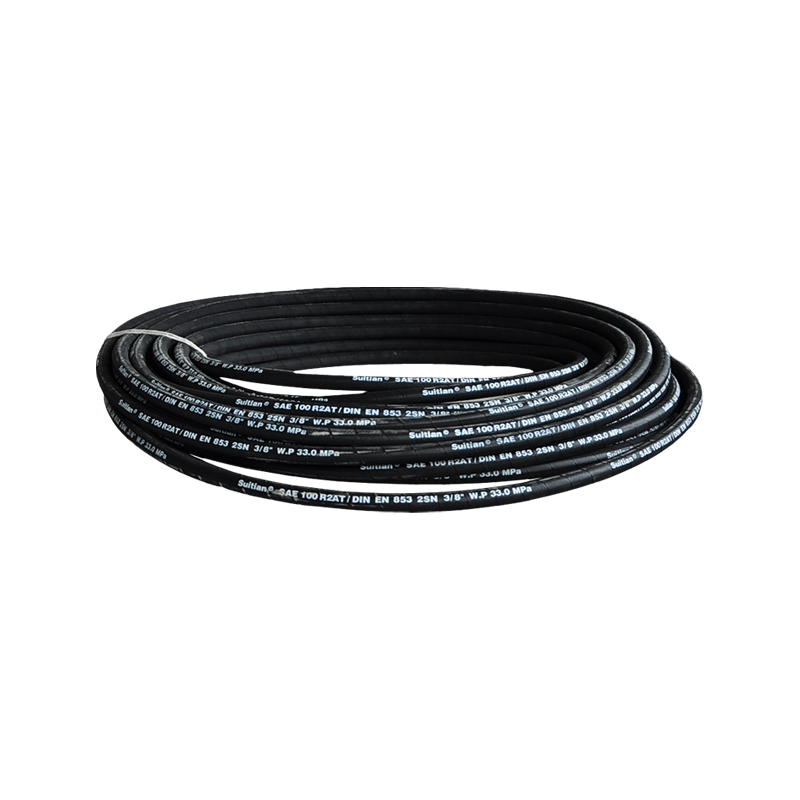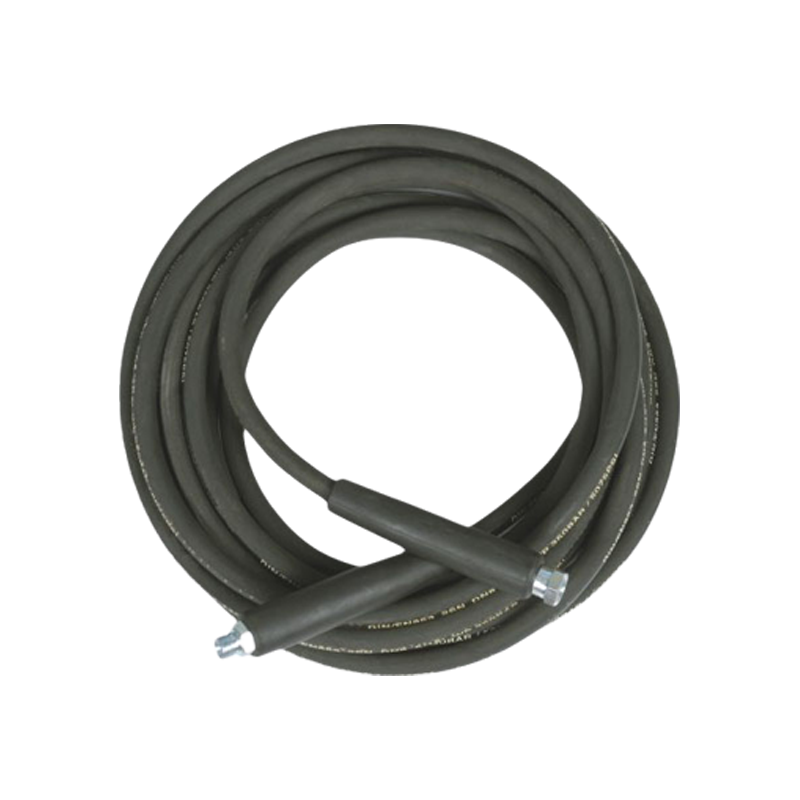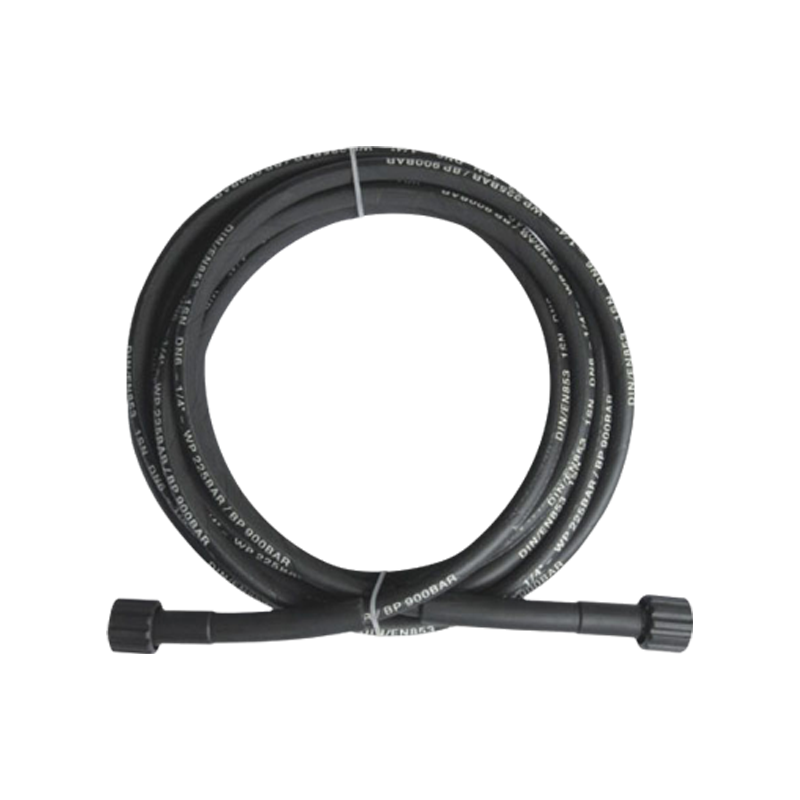The car washer water cleaning extension hose has durability and flexibility, and is suitable for man...
ABOUT US
14YEARS OF
EXPERIENCE
About Us
Coming From China, Marketing To The World.
Ningbo Yinzhou Baige Machinery Manufacturing Co., Ltd. is established in 2011 and is located in Ningbo, Zhejiang Province, China, adjacent to Ningbo Port and Shanghai Port, with convenient transportation.
As a famous China High Pressure Hose and assembly Manufacturers and High Pressure Hose and assembly Suppliers, we specialize in the production of spray guns, gun barrels, connectors, quick couplings, pipe reelers and accessories, nozzles, rotary sprayers, pressure gauges, chemical sprayers, filters, telescopic rods, water brooms, foam spray pots, foam generators, liquid injectors, atomizers, household accessories, high-pressure hoses and assemblies and other cleaning machine accessories.
The company has a factory area of 5000 square meters, more than 50 types of production equipment, and more than 50 employees. We continuously improve the performance and quality of our products, and now have a "Quality Management System Certificate" that meets the requirements of GB/T 19001-2016/ISO 9001:2015.
We have a dedicated team of engineers to improve existing products, research new products to meet more features and requirements, and we are constantly developing new products every year. We also provide customized services. If you have OEM and ODM requirements, please contact us.
In the past few years, our company has gained the trust and support of a large number of customers with strong research and development capabilities, good quality, timely delivery, and excellent service, and our business scale has continued to expand. In the future, we look forward to working together with more partners from around the world to create a mutually beneficial and win-win future.
NEWS
-
How does the Ball Quick Coupling prevent backflow or reverse flow when disconnecting the hoses or pipes?
Internal Check Valve System The internal check valve is one of the most crucial elements in preventing backflow or reverse flow in Ball Quick Coupling. When the coupling is engaged, the valve allows fluid to flow in only one direction, typically from the source to the application. Upon disconnection...
READ MORE -
How does the locking mechanism of Bayonet Adapter balance ease of installation with secure retention for critical components?
Precision Engineering for Controlled EngagementThe locking mechanism of Bayonet Adapter relies on meticulously engineered lugs and corresponding slots that guide the engagement process. When the adapter is inserted into its mating socket, it aligns precisely due to the design of the lugs, ensuring a...
READ MORE -
How does the rear entry design of the Stainless Steel Rear Entry Pressure Gauge improve installation flexibility in tight or confined spaces?
Space Optimization in Confined Areas The rear entry design of the Stainless Steel Rear Entry Pressure Gauge allows the connection to be made at the back of the gauge, eliminating the need for front clearance during installation. This is particularly advantageous in compact industrial environments, s...
READ MORE
Message Feedback
Industry Knowledge Extension
A high-pressure hose and assembly generally consists of a hose body, an inner liner, a reinforcement layer, an outer sheath, and quick connectors at both ends. Its main function is to transport liquid or gas under high pressure, maintain the stable flow of the medium, and have pressure resistance, wear resistance, corrosion resistance and other properties during long-term use.
The hose body is the "skeleton" of the entire high-pressure hose and is usually composed of multiple layers of composite materials. The most common outer layer materials are PVC synthetic materials, TPE, PU or oil-resistant synthetic rubber. These materials have the characteristics of good flexibility, weather resistance, strong oil resistance, and wear resistance. They can maintain stable performance in high temperature, high humidity or oily environments, and are not easy to crack, harden or corrode. The innermost layer of the hose is the lining layer, which is in direct contact with liquid or gas and needs to have extremely strong corrosion resistance and low friction characteristics. High-quality hoses usually use chemically treated PTFE, EPDM or food-grade synthetic materials to prevent the fluid from being contaminated during transmission, while reducing flow resistance and improving transmission efficiency. In addition, the smooth inner wall structure can also prevent the residue of the medium, scaling and clogging, and is particularly suitable for liquid systems containing oil, strong acid and alkali or suspended particles.
The key to the stable operation of high-pressure hoses in environments with working pressures of tens of MPa or even higher lies in the reinforcement layer in the middle. This part generally adopts a high-strength steel wire braid or spiral steel wire winding structure, which forms a dense mesh structure through staggered interweaving to effectively resist external tension, internal expansion pressure and repeated impact loads. The steel wire braid layer also determines the "working pressure level" and "burst pressure" of the hose. Under normal circumstances, the double-layer braided structure can withstand much higher pressure than a single layer, and has better flexibility and bending radius. It is widely used in hydraulic machinery, engineering equipment and high-intensity cleaning systems.
The outer sheath is a protective barrier for the entire hose, mainly responsible for resisting damage to the hose from the external environment, including ultraviolet radiation, mechanical wear, chemical corrosion, water vapor intrusion and thermal aging. The material is usually a synthetic rubber coating or a fiber braided composite layer, and the surface will also be accompanied by anti-slip texture or color identification according to the purpose, so as to quickly identify the purpose or pressure level in complex construction sites or industrial workshops.
The connector assembly at both ends of the high-pressure hose is one of the most critical sealing parts in the entire fluid system. It is generally made of brass, stainless steel or carbon steel galvanized material. Its main function is to achieve the rapid connection and disassembly of the hose with the pump body, water gun, valve, nozzle and other equipment.
Car Washer Water Cleaning Extension Hose: This type of hose is widely used in high-pressure car washing machines to connect the water gun and the main machine of the washing machine to extend the working radius. It is usually made of high-strength PVC, nylon braiding or three-layer composite materials, with good anti-twisting and flexibility. In order to improve adaptability and sealing, universal quick connectors are equipped at both ends of the hose, mostly made of copper or stainless steel to prevent water leakage and pressure loss.
The outstanding advantages of Car Washer Extension Hose are lightness, flexibility, and not easy to knot. Users can flexibly clean the car body, ground or corners without moving the main machine. At the same time, its UV resistance, anti-aging and anti-corrosion characteristics make it suitable for outdoor or rainy, dusty environments, improving cleaning efficiency and operating comfort.
High Pressure Rubber Hose: This type is mainly used in hydraulic transmission systems, industrial cleaning equipment and construction machinery. It is the most classic and common type of high-pressure hose in industrial applications. Its material is generally oil-resistant, acid-resistant and alkali-resistant synthetic rubber. The inner layer is smooth to improve the fluid passing efficiency. The middle is reinforced with a steel wire braided layer, and the outer layer is covered with anti-wear rubber to prevent physical damage and environmental aging.
High Pressure Rubber Hose supports higher working pressure (commonly 25MPa~100MPa), has impact resistance, high temperature resistance, and high pressure resistance, and is widely used in heavy-duty scenes such as mining equipment, injection molding machinery, hoisting operations, and hydraulic arms. Its rigid and flexible structural design allows it to maintain strength while still having a certain degree of flexibility, which is easy to lay and install.
Hydraulic Double Braided Hose: This is an industrial-grade hose designed specifically for ultra-high pressure hydraulic systems. Compared with ordinary single-layer steel wire braided hose, its structure adds two layers of interlaced high-strength steel wire layers, which effectively improves the overall compressive strength and external impact resistance, and is suitable for systems with pressure requirements exceeding 3500psi (about 25MPa).
Hydraulic Double Braided Hose is commonly used in engineering machinery, oil drilling equipment, airport ground equipment and industrial automation, especially in locations with small spaces, complex bends and frequent joints. Its rubber lining has excellent oil resistance and chemical corrosion resistance, and can operate stably even in high temperature, high oil, high acid and alkali or organic solvent environments.
1. Strong pressure resistance
The most significant technical value of high-pressure hose is reflected in its excellent pressure resistance. In order to withstand continuous high-pressure water flow, hydraulic oil or gas transmission, its internal structure usually uses high-strength steel wire braiding or spiral winding reinforcement layer, combined with a flexible but strong rubber or thermoplastic composite outer layer to form a stable structure of "softness with rigidity". This multi-layer composite system can not only effectively prevent the hose from expanding, deforming or bursting under high pressure, but also reduce the risk of pipe bursting caused by instantaneous pressure fluctuations (such as starting shock, pressure rebound, etc.). Different working pressure levels correspond to the number and arrangement of steel wires of different strength levels. The industry standard often requires the bursting pressure of the hose to be more than 3-4 times the working pressure to leave enough safety redundancy. Therefore, whether in scenes such as engineering machinery, hydraulic systems or high-pressure cleaning vehicles, the selection of high-quality pressure-resistant high-pressure hoses is a prerequisite for ensuring the continuous and safe operation of the system.
2. Coexistence of flexibility and anti-entanglement
In traditional concepts, "pressure resistance" is often bundled with "rigidity", but modern high-pressure hose technology has broken through this limitation. On the basis of meeting the strength requirements, by adopting a soft rubber outer skin, a corrugated structure design and a flexible inner lining, the hose has good flexibility and bendability while maintaining a certain rigidity.
This design advantage is particularly suitable for complex spatial wiring and multiple mobile operations: the hose will not become stiff, rebound or tangled when it is wrapped around the corner in a small space, wrapped around the pipe in the workshop equipment, or dragged freely when washing the car body. At the same time, the hose with anti-torsion treatment can effectively prevent winding and circling, greatly improving the fluency and safety of use, and reducing the possibility of breakage or compression due to twisting.
3. High weather resistance
High-pressure hoses are mostly used in outdoor or high-intensity working conditions, such as construction sites, mining machinery, high-pressure car washing, agricultural spraying, etc. The external environment is often accompanied by strong ultraviolet rays, rain erosion, oil corrosion, strong acid and alkali gas and even freezing weather. Therefore, its outer sheath must have extremely high weather resistance.
High-quality high-pressure hoses usually use aging-resistant and corrosion-resistant materials such as EPDM, NBR, or TPU. These materials can not only effectively resist embrittlement caused by sunlight, but also maintain the same structure for a long time in special corrosive environments such as chemical plants, oil fields, and food factories. At the same time, some models also add antistatic agents, explosion-proof coatings, flame retardant formulas, etc. to meet the needs of high safety levels.
4. Multi-interface compatibility
As a system connection medium, the compatibility and standardization of the connectors at both ends of the high-pressure hose directly affect the assembly efficiency and later maintenance convenience between equipment. The current mainstream hose components all adopt international standard interface design, including M22×1.5 thread, G1/4, G3/8 BSP interface, quick plug-in connector, American NPT thread, DIN standard, JIC standard and other customized specifications.
These standard interfaces can achieve seamless docking with different brands of equipment such as Karcher, Bosch, Husqvarna, Lavor, Nilfisk, etc., without the need for additional converters. Users only need to select the corresponding specifications to connect with one click. At the same time, the hose port is equipped with anti-slip grooves, leak-proof O-rings, swivel joints and other structures to further improve the sealing and safety, and avoid loosening or leakage under high pressure shock.

 English
English русский
русский
 0086-13003738672
0086-13003738672





